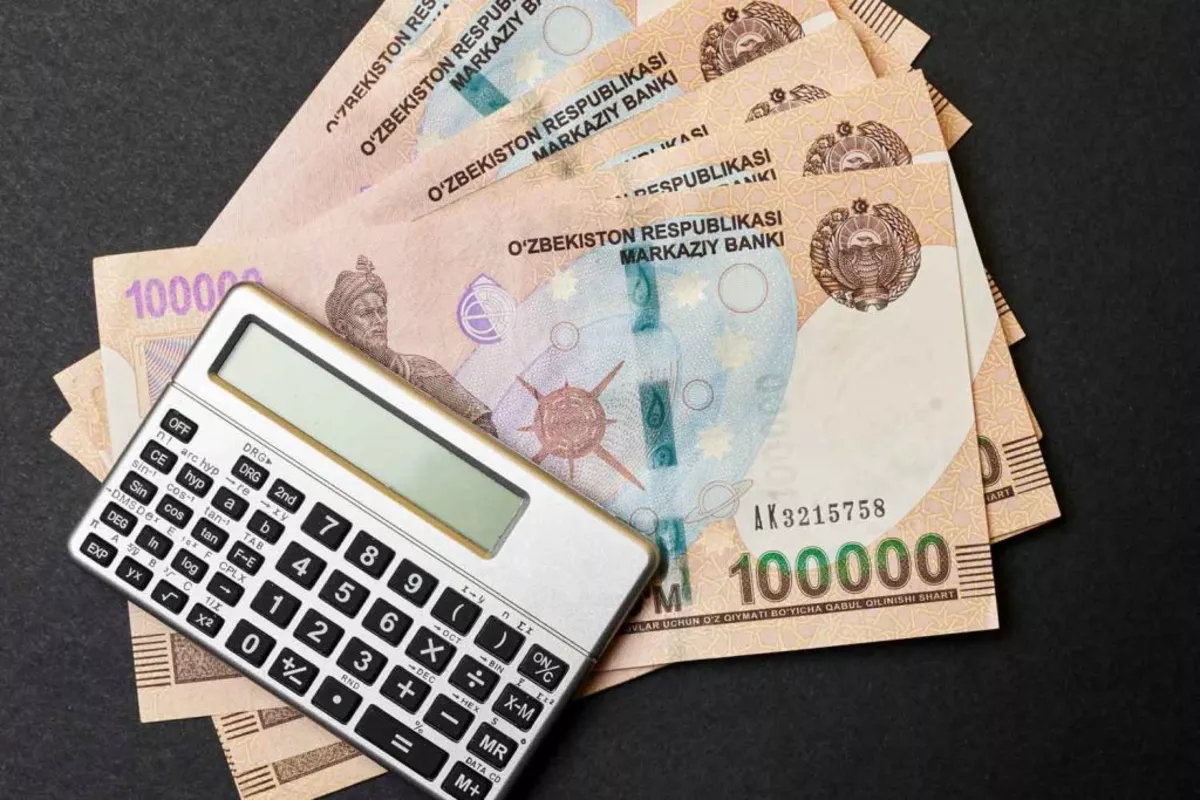
At a meeting chaired by President Shavkat Mirziyoyev, participants discussed expected economic results and key macroeconomic indicators projected for 2026.
It was noted that between January and September, Uzbekistan’s economy grew significantly faster than forecast - by 7.6 percent, The Caspian Post reports, citing Uzbek media.
Industrial output increased by 6.8 percent, construction by 14.2 percent, services by 14 percent, and agriculture by 4.1 percent.
The country’s gold and foreign exchange reserves rose by 35 percent compared to last year, reaching $55 billion. Leading international rating agencies have given positive assessments of Uzbekistan’s economic outlook. Fitch Ratings upgraded the country’s sovereign rating for the first time, while Moody’s and S&P Global revised their outlooks from “stable” to “positive.”
“The most important thing is that these results are contributing to improving people’s well-being,” the president said.
Household incomes grew by 18.4 percent, savings by 35.3 percent, and average wages by 19.2 percent.
The president emphasized that maintaining the high growth momentum until the end of the year and increasing the GDP to over $135 billion should be the main goal of the economic complex.
The meeting also reviewed key plans for next year.
Officials reported that in 2026, Uzbekistan aims to maintain an economic growth rate of 6.6 percent, increase GDP to over $150 billion, channel at least UZS 400 trillion into the economy from all sources, and keep inflation below 7 percent.
The president stressed that all necessary conditions exist to achieve these targets and highlighted key priorities for ministries, sectors, and regional authorities.
The draft budget for 2026 envisages maintaining the main tax rates at current levels while ensuring steady growth in budget revenues and tightening control over the efficient use of expenditures.
According to the president, drastic spending cuts and improved efficiency will serve as the main performance criteria for all levels of leadership next year.
Specific tasks were set to reduce production costs and enhance competitiveness in strategic industries, expand private sector participation, regulate dividend policies of state-owned enterprises, review subsidies and tax incentives to eliminate ineffective ones, reduce the shadow economy, and increase revenues of district and city budgets.
The president also instructed to accelerate projects involving international financial institutions and to transition to a system in which existing projects are completed before new ones receive funding.
Half of the surplus funds accumulated in the extra-budgetary accounts of ministries and agencies will be transferred to a special fund, with the money directed toward school construction and healthcare.
Based on the discussions held, the main directions of the 2026 State Budget were defined.
Share on social media